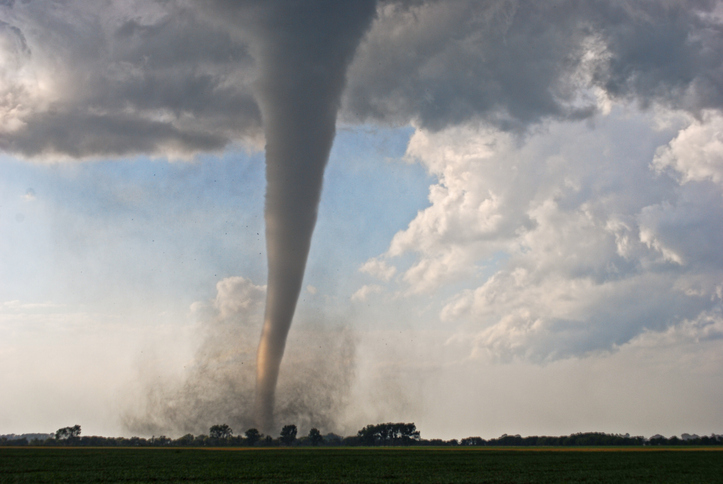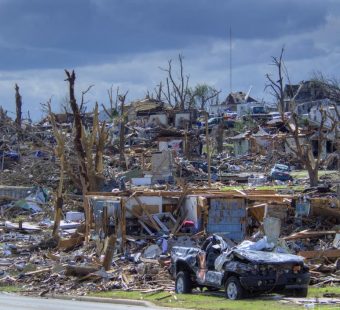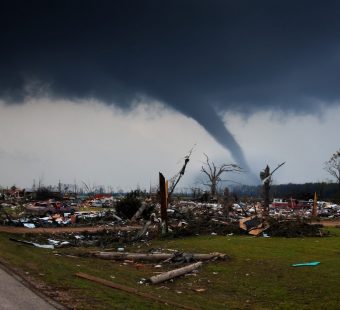
Short Data History Makes It Hard to Tie Tornado to Climate Change
Jeff Dunsavage, Senior Research Analyst, Triple-I (12/14/2021)
It’s tempting to link extreme weather events like last week’s “quad-state tornado” to climate change, but Dr. Phil Klotzbach – a researcher in the Department of Atmospheric Science at Colorado State University and a Triple-I non-resident scholar – says, “Not so fast!”
“The relationship between tornadoes and climate change is fairly messy, especially given the relatively short reliable record we have,” Klotzbach says. The development of Doppler radar and subsequent ability to detect tornadoes from radar signatures increased tornado observations, he explains. If tornadoes aren’t spotted and reported by someone, they don’t officially exist – so, improved tracking and reporting can “reveal” non-existent “trends”.
According to a NOAA report examining tornados over the past three decades, in the 1970s there were about 150 days per year with at least one confirmed tornado in the United States. NOAA says that number has fallen to between 90 and 100 days in recent years but “the number of days with dozens of tornadoes – 30 or more – have increased by a factor of five, from one day every other year to 2.5 days annually.”
The report says an apparent increased frequency during the early 1990s corresponds to the implementation of Doppler radar and “the growing ‘hobby’ of tornado chasing.” It also points to the advent of cellular phones and camcorders, which “not only provides documentation of many weak tornadoes, but also, on occasion, shows the presence of multiple tornadoes immediately adjacent to each other.”
Klotzbach points to “an intriguing paper” by Vittorio Gensini and Harold Brooks, published in 2018, arguing that tornado frequency in the southern Great Plains has been decreasing, while twisters have been increasing farther east.
“They note that, given the short sampling period, they cannot directly ascertain if these changes are due to natural variability or climate change,” Klotzbach said. Regardless of whether tornadoes are increasing in frequency and if they are caused by climate change or other factors, Klotzbach says, “Damage from tornadoes is likely to continue increasing” because of population shifts leading to greater development in tornado-prone areas. This is similar to what we have observed for hurricanes.”
For more insight, see our white paper:



